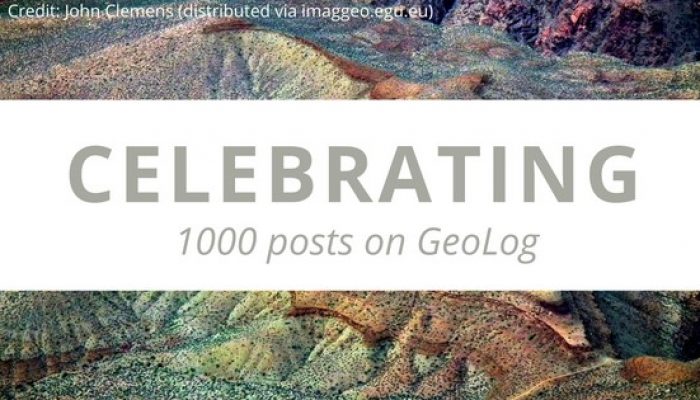
As far as blogging milestones go, today is pretty special. This is GeoLog’s 1000 post!
Since the EGU’s official blog launched back in March 2010 (that’s right, there’s over 6 years of back catalogue for you to enjoy!), we’ve shared posts about research spanning almost every discipline in the Earth sciences; highlighted member’s adventures in the field and showcased the work of outstanding early career scientist. We’ve not shied away from contentious topics and shone a light on some of the most fascinating processes which shape our planet, as well as bringing you the latest from our annual General Assembly.
To celebrate, we’ve come up with a list of some posts which highlight the diversity of content published in the blog over the past six and a half years. Because selecting the best of the blog would be too hard a task, we’ve chosen to feature some of the Executive Office’s favourite posts, as well as some of the most viewed posts since we started recording statistics about the blog back in 2012.
Bárbara Ferreira, the EGU’s Media and Communications Manager says “It’s hard to pick your favourites from amongst 1000 blog posts, published over 6.5 years of the EGU’s blog existence, so I will highlight a few ‘firsts’ instead.”
Imaggeo on Mondays is the longest running regular column on the blog, having started in February 2011. Weekly, we highlight a photo from the EGU’s open-access image repository, Imaggeo.
“The very first featured image was an asphalt volcano from the Gulf of Mexico,” explains Bárbara.
Not surprisingly, one of the most popular posts in GeoLog’s history is also an Imaggeo on Mondays post. Could it be any other way when the April 2013 post highlighted one of the most emblematic geological features in the world? Sarah Connors, the EGU’s Policy Fellow is also a fan of Imaggeo on Mondays.
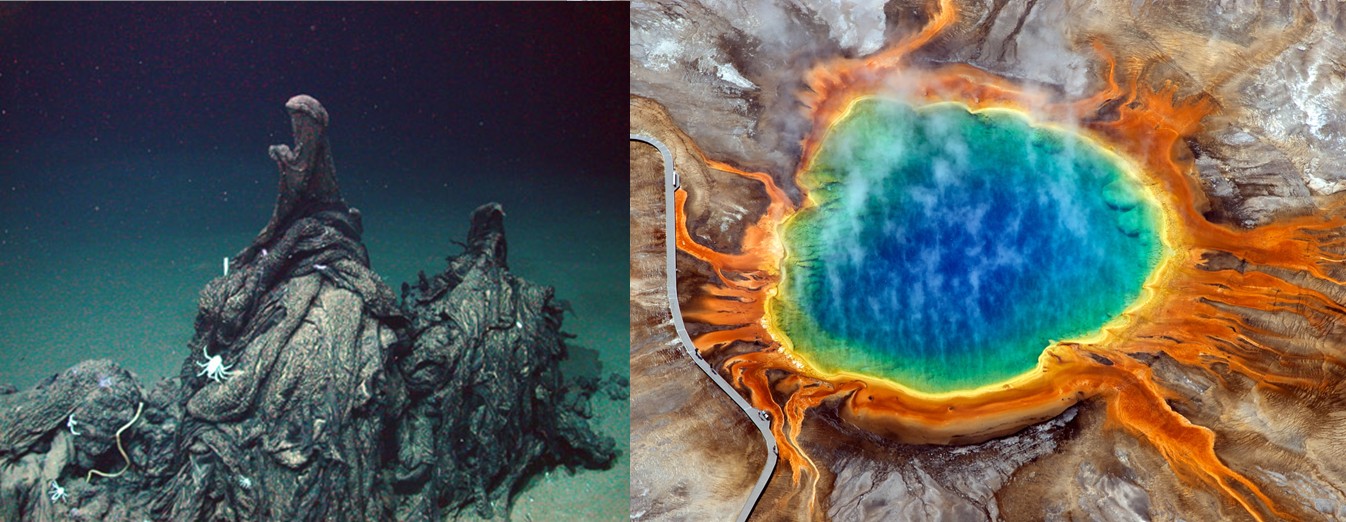
Left: Asphalt volcano off the Gulf of Mexico . Credit: Marum. Right: Grand Prismatic spring . Credit: David Mencin (both images distributed via imaggeo.egu.eu).
“It gives me the opportunity to learn facts about research areas that differ from my own background (atmospheric chemistry). I particularly liked ‘A rolling stone gathers no moss’ which taught me about large shifting landmasses and what effects this can have on the surrounding rock (it can create swirls of different rock types),” explains Sarah.
Geosciences Columns cover recent research in the Earth, planetary and space sciences. Usually, but not always, the research featured is published in one of our open access journals, and presented in a language that is accessible to all. November 2011 was the birth-month of this popular series and featured research about how the Vikings used a transparent variety of calcite, called Iceland spar, to navigate.
“Managing the EGU’s social media presence is one of my [Laura Roberts, EGU Communications Officer] tasks, so I’m always interested in learning what applications social media might have in the context of the Earth sciences. A Geosciences Column published back in February 2013 is one of my favourites as it showcases how social networks to respond to earthquakes.”
Fast forward to July 2012 and another of our long-established columns got underway: GeoTalk, featuring a short Q&A with a geoscientist, often an early career scientist (ECS).
“We started with an interview with Guillermo Rein about his research on the largest fires on Earth and how they contribute to greenhouse gas emissions,” says Bárbara, and adds “all three columns [GeoTalk, Geosciences Columns and Imaggeo on Mondays] are ongoing to this day.”
More recently, Sarah (Policy Fellow) started our newest column: GeoPolicy, which focuses on informing the scientific community on European policy, the scientists contributing to this process, and how other researchers could play a role in influencing policy making.
“So far, it’s been a great experience and I’ve got to write about some interesting topics. I think my favourite post is the ‘How to communicate science to policy officials – tips and tricks from the experts’, which covers a science policy session at the EGU General Assembly 2016. The post summarises key communication tips for researchers wanting to engage with policy officials,” describes Sarah.
While preparing this post we realised our readers enjoy discovering more about subjects which are timely and ‘hot’ at the time of publication. A post about Iceland’s Bárðarbunga-Holuhraun and its remarkable volcanic eruption, which went live not long after the eruption and showcased new research presented at our General Assembly, is among the most popular on the blog. Tapping into slightly niche subjects also proved a hit among the GeoLog audience. Who knew a story about spitfires and geophysical archaeology in Burma would be our most read post ever?
GeoLog is also a place to find resources on all things related to career, science communication, academic writing and personal development. We’ve featured how-to-guides on how to apply for research grants, prepare for your next interview and most recently how to pitch your research to a journalist. Among the most popular posts on the blog is one packed with tips and tricks on how to prepare THE best job application.
It wouldn’t be fair to celebrate this special occasion without sending a big thank you to all our guest authors, who over the past six and a bit years have contributed a range of informative, entertaining and insightful posts. We always welcome guest contributions, so if you would like to submit a post, please do get in touch!
Last, but absolutely not least, a big thank you to all our readers! We hope you continue to enjoy GeoLog. Here is to the next 1000 posts!

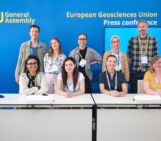
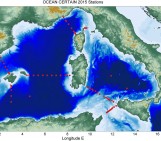
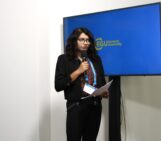
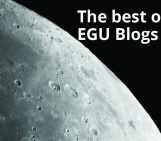
Bárbara Ferreira (EGU Media and Comms Manager)
Whoop! Congrats GeoLog!